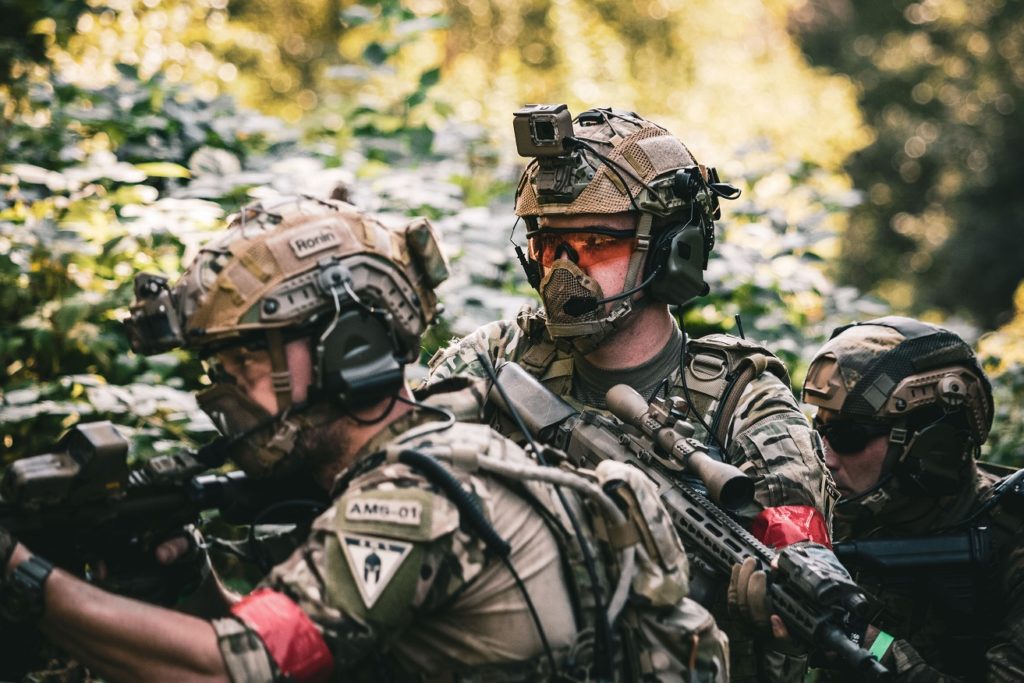Most ballistic blankets are designed to meet the standards set out by the NIJ 0101.06 Level IIIA rating. In a wide range of tactical scenarios, ballistic blankets provide category IIIA protection. In dangerous conditions, a ballistic blanket can be used as a personal shield or draped over a window, door, or wall. Level III-A armor, like level II, is most commonly in the form of soft body armor. However, stiff armor plates are also available. As one of the most lightweight options, these are often referred to as “speed plates,” They provide some protection, but not as much as typical soft armor rigs. While III-A rigid plates are not yet NIJ-certified, III-A soft body armor is.
Level IIIa has been argued to be the most beneficial to people in many ways. With a level IIIA ballistic blanket, users can feel safe from all but the most extreme in-house dangers because it’s lightweight, has ample padding, and is comfortable. You’ll get bruised up, but even the largest handgun shots will be no match for this protection. The level IIIa degree of protection is also the only one that may be fabricated as a rigid plate or flexible fabric, depending on the situation.
The alternatives available at Level III and Level IIIA are made from different materials. In terms of soft armor, Level IIIA is the highest tier. The armor of Level III quality is sturdy. Level III body armor, such as ballistic shields, can be worn over softer layers for added defense. The level IIIA body armor, like ballistic shields, is sufficient for the defense against most small guns. The armor is most effective when used in conjunction with other shields. If you wear one of these types of body armor and get shot in the chest, you won’t suffer any significant injuries from 9 mm, 44 magnums, or any other pistol.
For more articles, please click here.
